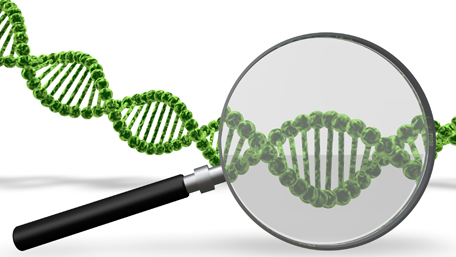
08/09/2022
Hot Topics of the Day are picked by experts to capture the latest information and publications on public health genomics and precision health for various diseases and health topics. Sources include published scientific literature, reviews, blogs and popular press articles.
Sign up MyPHGKB to receive the daily hot topic email alert.
Archived Hot Topics of the Day By Date
Covid-19: What we know about the BA.4 and BA.5 omicron variants
E Mahase, BMJ, August 9, 2022
Olfactory Dysfunction in Patients With Mild COVID-19 During Gamma, Delta, and Omicron Waves in Rio de Janeiro, Brazil
CC Cardoso et al, JAMA, August 9, 2022
Finding Ways to Improve Patients’ Cancer Immunotherapy Response
HD Larkin, JAMA, August 9, 2022
cfDNA methylome profiling for detection and subtyping of small cell lung cancers.
Chemi Francesca et al. Nature cancer 2022 8
Circulating tumour DNA - looking beyond the blood.
Tivey Ann et al. Nature reviews. Clinical oncology 2022 8
TPMT and NUDT15 Genotyping Recommendations: A Joint Consensus Recommendation of the Association for Molecular Pathology, Clinical Pharmacogenetics Implementation Consortium, College of American Pathologists, Dutch Pharmacogenetics Working Group of the Royal Dutch Pharmacists Association, European Society for Pharmacogenomics and Personalized Therapy, and Pharmacogenomics Knowledgebase.
Pratt Victoria M et al. The Journal of molecular diagnostics : JMD 2022 8
Predicting chronic morbidity in childhood cancer survivors.
Vrooman Lynda M et al. Nature medicine 2022 8
Pepinemab antibody blockade of SEMA4D in early Huntington's disease: a randomized, placebo-controlled, phase 2 trial.
Feigin Andrew et al. Nature medicine 2022 8
Unified classification and risk-stratification in Acute Myeloid Leukemia.
Tazi Yanis et al. Nature communications 2022 8 (1) 4622
Disclaimer: Articles listed in Hot Topics of the Day are selected by Public Health Genomics Branch to provide current awareness of the scientific literature and news. Inclusion in the update does not necessarily represent the views of the Centers for Disease Control and Prevention nor does it imply endorsement of the article's methods or findings. CDC and DHHS assume no responsibility for the factual accuracy of the items presented. The selection, omission, or content of items does not imply any endorsement or other position taken by CDC or DHHS. Opinion, findings and conclusions expressed by the original authors of items included in the Clips, or persons quoted therein, are strictly their own and are in no way meant to represent the opinion or views of CDC or DHHS. References to publications, news sources, and non-CDC Websites are provided solely for informational purposes and do not imply endorsement by CDC or DHHS.
- Page last reviewed:Feb 1, 2024
- Page last updated:Apr 25, 2024
- Content source:








